Immerse yourself in the history of Chania
(La Canée)
Table of contents
Welcome to Chania, a pearl nestled on the northwest coast of Crete! Discover a destination that blends history and natural beauty.
Chania, also known as Chania, invites you to immerse yourself in its unique atmosphere, where Venetian and Ottoman influences blend harmoniously with modern Greek culture.
During your stay in Chania, you'll have the chance to explore its picturesque old Venetian port, lose yourself in its charming historic quarters, and relax on its heavenly beaches. We also invite you to learn more about the rich history of this Cretan town, which played an important role in the island's development.
Get ready for an unforgettable experience in one of Crete's most beautiful cities!
FASCINATING HISTORY OF CHANIA
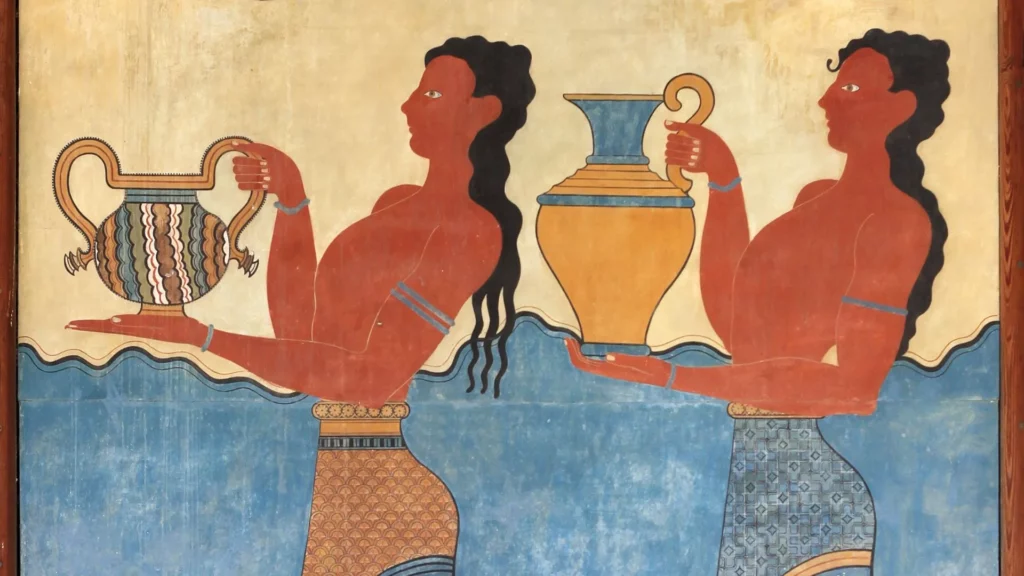
Minoan and Roman heritage
The history of Chania dates back to Minoan times. The city is located on the ancient site of Cydonia, an important city-state of classical Greece.
Archaeological findings indicate human activity in the region dating back to the Neolithic period, with particular prosperity during the Late Minoan period (1400-1100 BC).
In 69 BC, the Roman consul Metellus conquered Kydonia and granted it the privileges of an independent city-state. Under Roman occupation, the city enjoyed a period of peace and prosperity, with the construction of luxurious structures including a theater.
The Byzantine and Arab periods
After the fall of the Roman Empire, Chania came under Byzantine rule. The town was fortified to defend against attack, and it was probably at this time that it received the name of Chania.
In the 9th century, Chania fell to the Arabs. In 824, a large-scale attack left thousands of dead Cretans and burnt lands in its wake.
The town remained under Arab control until its reconquest by the Byzantines in 961.
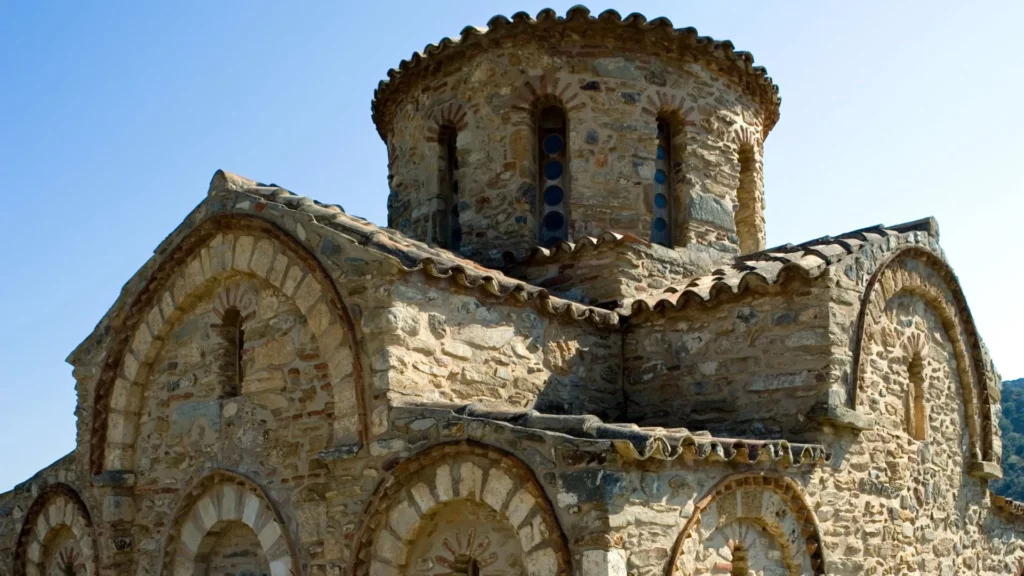
Venetian influence
After the Fourth Crusade in 1204, Crete was sold to the Venetians. In 1252, they established a colony in Chania, rebuilding the town and giving it its present form.
Under Venetian rule, Chania became the administrative headquarters of western Crete and an important trading center.
The Ottoman occupation
In 1645, the Ottomans launched an invasion of Crete, starting with Chania. After a 57-day siege, the city fell on August 12, 1645.
Under Ottoman occupation, most churches were converted into mosques, and new structures such as public baths and fountains were built.
Chania became the residence of the pasha of Crete, marking the beginning of a new era in its history.
THE CHARM OF THE OLD VENETIAN PORT
Let yourself be captivated by Chania's old Venetian port, one of the city's most emblematic landmarks.
Built around 1320 by the Venetians, it is now the most visited part of Crete, by locals and tourists alike.
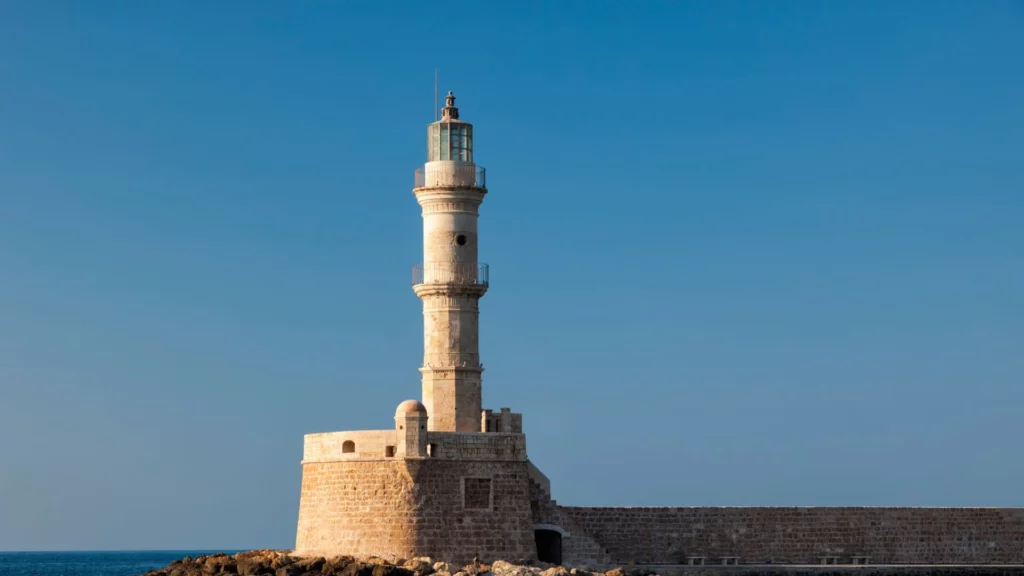
Le phare emblématique
Your gaze will immediately be drawn to the Egyptian lighthouse, a symbolic monument of Chania. Built in the 16th century by the Venetians and rebuilt in the 19th century, it stands proudly at a height of 21 meters. One of the oldest lighthouses in the world, it offers a magnificent view of the entire old port.
Colorful buildings
As you stroll along the quayside, you'll be charmed by the delicate ochre mansions and imposing maritime buildings that line the harbor. These pastel-colored buildings, remnants of the city's various occupants, add a touch of liveliness to the ensemble. You'll also notice the Yali Tzamisi mosque, a fine example of Islamic architecture that adds a touch of Orientalism to the landscape.
Taverns and restaurants
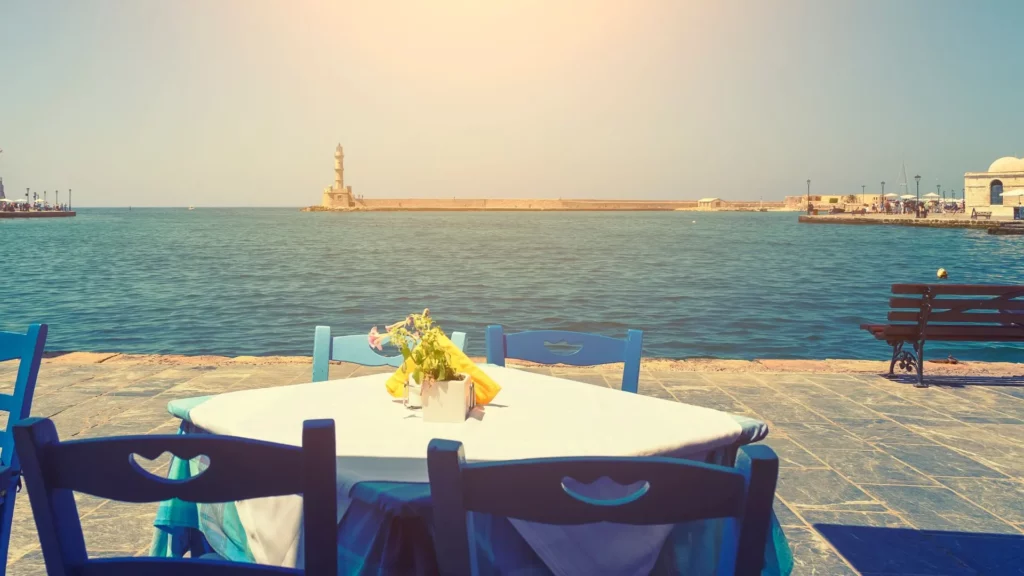
The old port is bustling with lively cafés and restaurants. You'll find charming, warmly decorated tavernas with waterfront terraces. It's the ideal place to sample tasty Venetian specialties and enjoy Chania's unique atmosphere.
Spectacular sunsets
For an unforgettable experience, head to the port at dusk. The sunsets here are nothing short of spectacular, offering breathtaking views over the lagoon. From the lighthouse, you'll have a magnificent view of the entire old port to your left and the open sea to your right. It's the perfect time to enjoy the beauty of this place.
EXPLORING HISTORIC DISTRICTS
Topanas: the Venetian district
You'll love strolling through the picturesque Topanas district, located to the west of the port. This charming district is characterized by Venetian mansions with elaborate balconies and facades colored in shades of red, pink, yellow and ochre. As you stroll through its labyrinthine alleys adorned with plants and flowers, you'll discover numerous staircases, vaulted passageways and porches that add to the area's charm.
Topanas was once Chania's only Greek and Christian quarter during Ottoman rule. Its name comes from the Venetian purification warehouse, called Tophane in Turkish, which means “bombs for cannons”.
Kastelli: the Byzantine district
Heading towards the Kastelli district, you'll be following in the footsteps of the ancient Greek city of Kydonia. This district is home to an important archaeological site where remains from the Minoan era have been discovered. As you stroll through its quiet lanes, you can observe the ruins of ancient Minoan dwellings and enjoy a panoramic view of the port from the esplanade.
Splantzia: the old Turkish district
To the south of Kastelli, you'll find the lively and authentic Splantzia, the old Turkish quarter. In Splantzia Square, you can admire the Byzantine church dedicated to San Rocco, dating from 1630, as well as the church of Agios Nikolaos, once part of a 13th-century Dominican monastery. A minaret still bears witness to the former Turkish presence in the area.
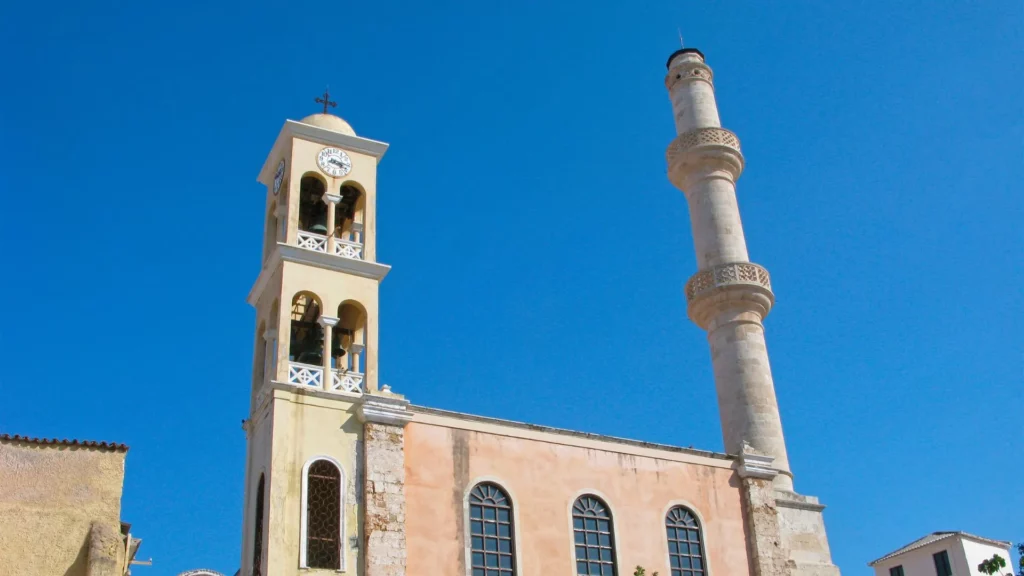
Etz Hayyim synagogue
In Evraiki, the old Jewish quarter, you'll discover the Etz Hayyim synagogue, a unique vestige of the large Jewish community that long occupied this area.
Built in the 15th century, it is the only surviving vestige of the Jewish community on the island of Crete. After being restored, the synagogue became a popular tourist destination. Unfortunately, it was the target of an arson attack in 2010, but has since been renovated.
CONCLUSION
Chania is a unique destination, skilfully blending its rich historical past with incredible natural beauty. Its picturesque old Venetian port and charming historic quarters offer visitors an unforgettable experience. The city has a profound influence on the senses, inviting visitors to explore its winding streets and immerse themselves in its bewitching atmosphere.
Chania is much more than just a tourist destination. Whether you're a history buff or simply looking for a Mediterranean getaway, Chania has something for everyone.
This pearl of Crete is sure to charm you and leave you with unforgettable memories!
References
https://www.ame-boheme.fr/la-canee-chania-crete-guide-complet-pour-un-sejour/
http://www.grecomania.net/Crete/Decouvertes/Hania/Hania.htm
https://www.discovergreece.com/fr/itineraries/8-day-road-trip-experience-best-chania
https://www.tripadvisor.fr/Restaurants-g189415-Chania_Town_Chania_Prefecture_Crete.html
READ OTHER ARTICLES
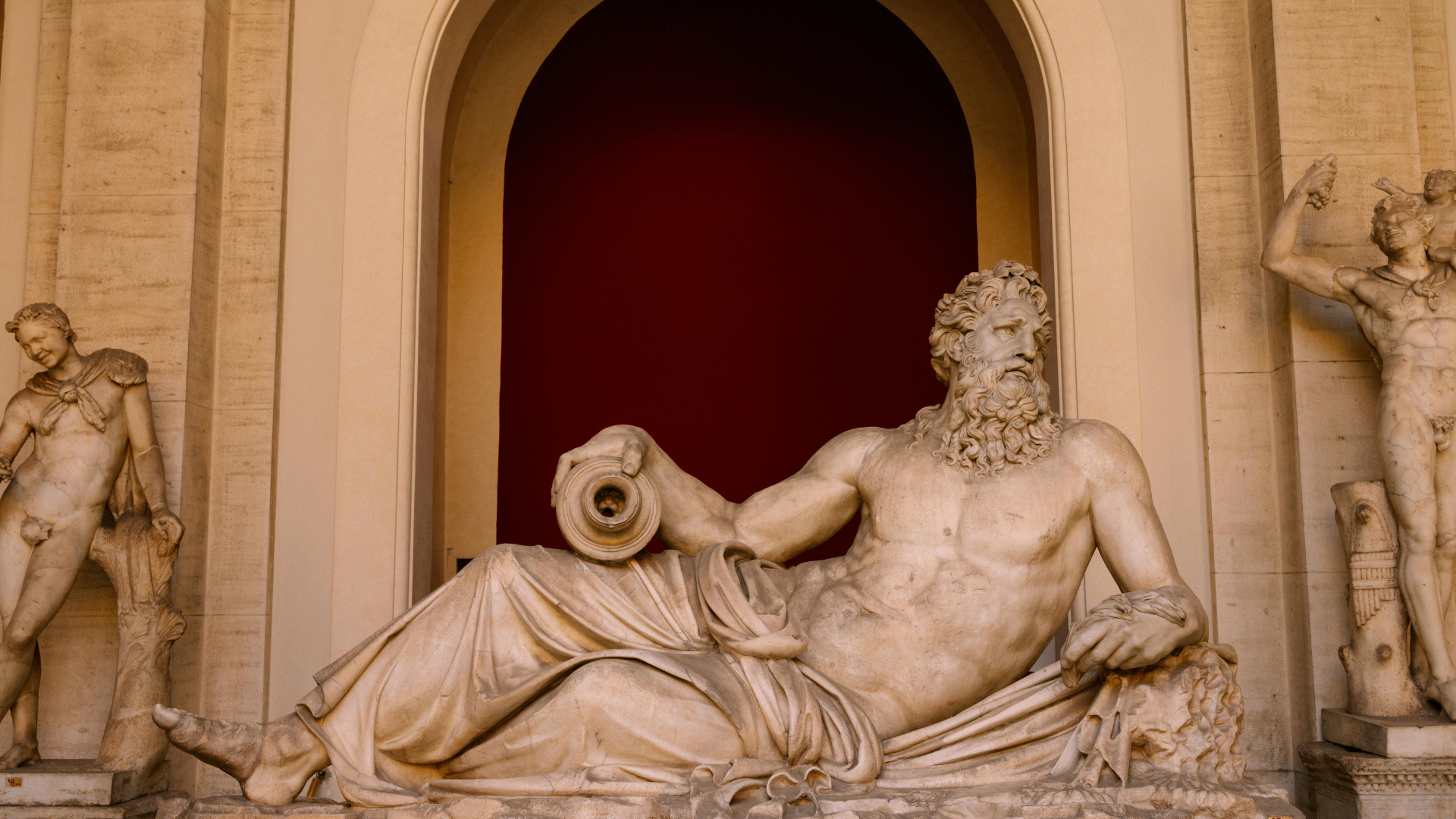
Traditions et coutumes en Crète : Plongez au cœur de la culture crétoise
Découvrez les traditions et coutumes en Crète, des fêtes religieuses aux mariages spectaculaires, en passant par la cuisine, la musique et les danses locales. Immergez-vous dans une culture authentique et vibrante lors de votre séjour en Crète.

7-day itinerary in Crete: discover the best of Chania
Crete, and particularly the Chania region, is a destination rich in cultural discoveries, spectacular scenery and authentic experiences. This 7-day itinerary in Crete will guide you through the treasures of Chania and its surroundings, combining relaxation, adventure and cultural immersion, while staying in luxury villas offering comfort and serenity.
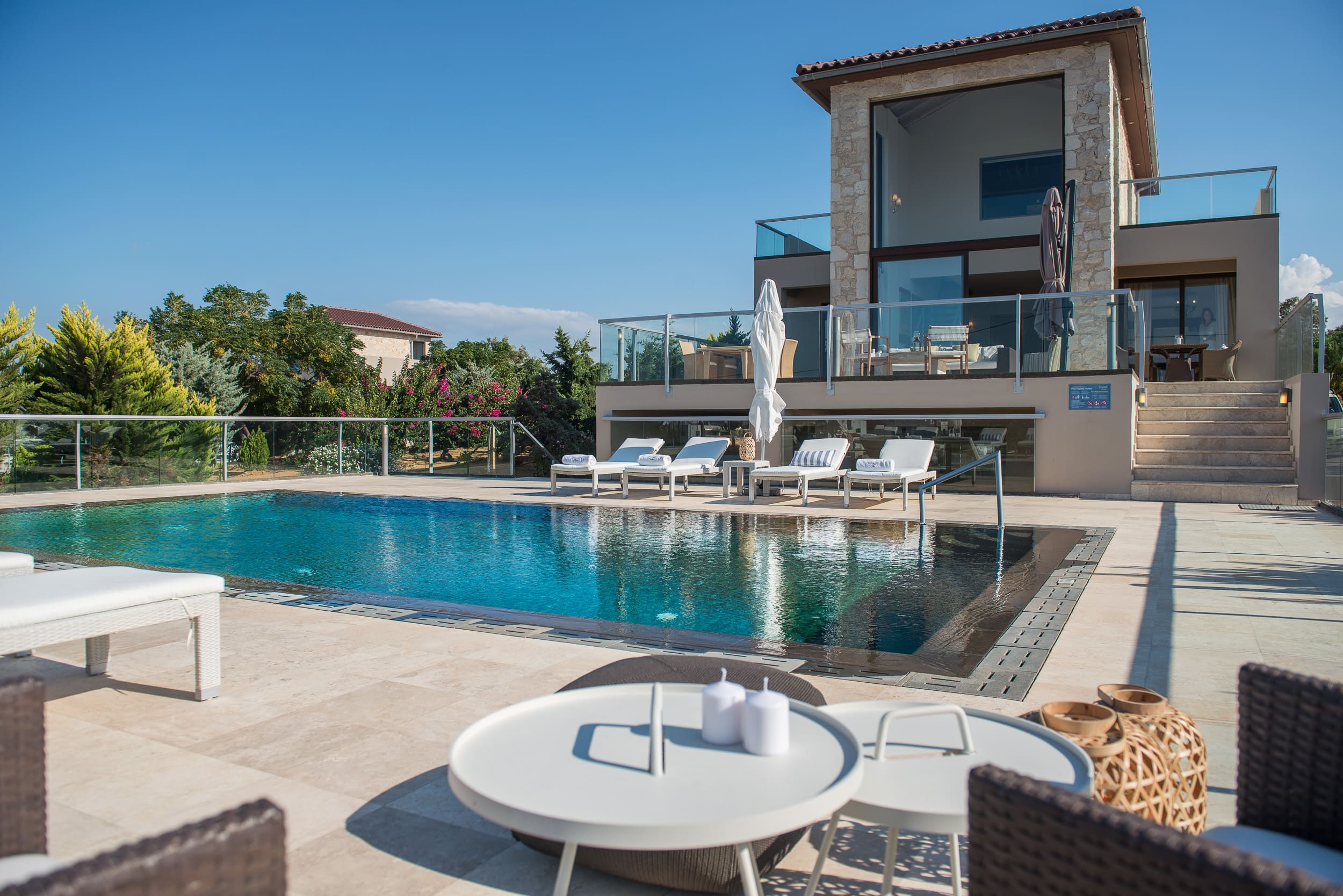
Why choose a private villa in Crete for your next vacation ?
Imagine yourself in the heart of the Mediterranean, in a private villa in Crete, with a breathtaking view of the Aegean Sea. Savor the serenity, away from the crowds, in a space that's totally yours. La Divine Villa, located in Akrotiri, is much more than just accommodation: it's a haven where luxury meets authenticity. If you're looking for a unique stay, this article reveals why choosing a private villa in Crete could be the best decision for your next vacation.
